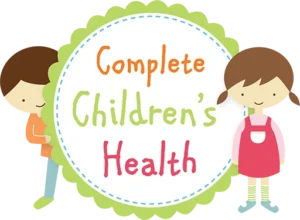Does your child engage in repetitive or unusual body movements or noises?
This is called “Stimming” Everyone has some elements of stimming, like – chewing on a pen while you are thinking, tapping your toes while you are going to sleep, and cracking knuckles. There are many things we all do, which could be referred to as stimming.
30-60% of children bite their nails which could be due to boredom. A bored child may start nibbling at their nails because there isn’t anything more interesting to do. Or it could be for relief. Nail-biting may also be a stress response.
Some children twirl their hair for comfort, and others jiggle their legs while they’re working on a complex problem or task.
Children on the spectrum are often involved with “stimming”, which is another term for self-stimulatory behaviours, as most people “stim” in some way. It’s not always clear to others if this is a sign of autism or not. Yes, stimming is part of the diagnostic criteria for autism, and that’s not because stimming is always related to autism; it forms part of the diagnosis. You may notice stimming behaviours that involve: hand flapping, rocking, head banging, repeating noises or words, snapping fingers, spinning objects. This may indicate your child is on the spectrum and may need additional assistance from a professional.

These traits might not look the same on each child, but it is referred to as stimming behaviour. Children can often hurt themselves with these behaviours, which can be very stressful for caregivers.
How do you know if your child has these traits or it is just typical behaviour? Often, stimming occurs if a child is trying to calm and protect themselves from stress or something that makes them uncomfortable. It may not be stress that a parent recognises; it could be an overstimulating environment, like a noisy shopping centre or even loud noises like a dog barking.
Be aware if routine stimming behaviour becomes more intense or exaggerated, it often indicates that something in the environment is bringing about feelings of anxiety. If you see this in your child, pay attention, and you could very well find your child communicating these feelings through their self-stimulatory behaviour. This can be particularly helpful if your child is nonverbal.
Depending on the intensity of the Self-stimulation, it can interfere with learning, interpersonal relationships and social situations. Some types of self-stimulation are self-harming and may lead to infections or require surgical repair. We can help reduce any damaging effects by working with children to redirect negative behaviours.
For more information, please contact us.
